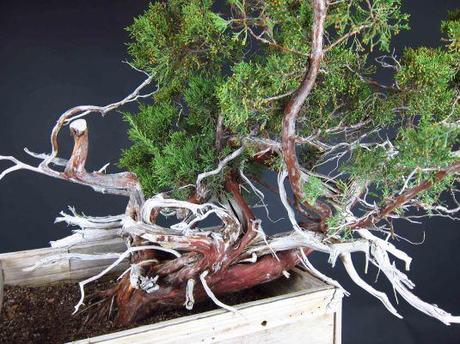
The last time I was in California was September of 2012 and during that time I got a chance to reunite not with just family and friends but with my trees! One of them being this collected Western Juniper pictured above. Since my time home wasn’t very long, I decide to hold off on the structural work and focused more on the roots. Since Fall is a good time to repot Junipers in California, I decided to do just that. This is by no means a post about repotting, but more of a way for me to share some of the up and coming projects I have when I return home in June. In this post, I’m simply going to share some before and after photos of the tree in its new home and some basic information about the characteristics of Western Junipers. I plan to work on this tree again at the end of 2013 so expect an updated post at that time. First, lets take a 360 look of the tree itself!
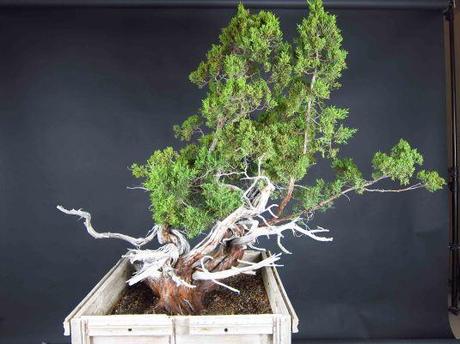
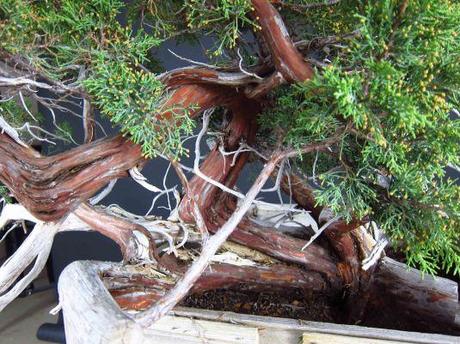
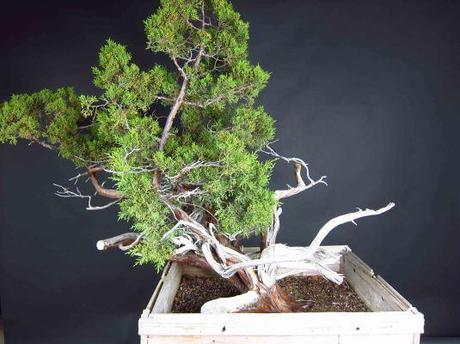
History of the Tree and Characteristics
This Western Juniper was collected about 4 years ago (legally!) and has grown in the same wood box since. The collecting process didn’t seem to faze the tree at all and it kept growing well. The scientific name of the tree is Juniperus Occidentalis var. Occidentalis and they naturally grow in the Northwest of the US such as California, Oregon, Washington and Idaho. Like many other Junipers, they can survive lots of stresses and have interesting dead and live areas.
Lets look at some close up shots to see what are the characteristics of this tree.
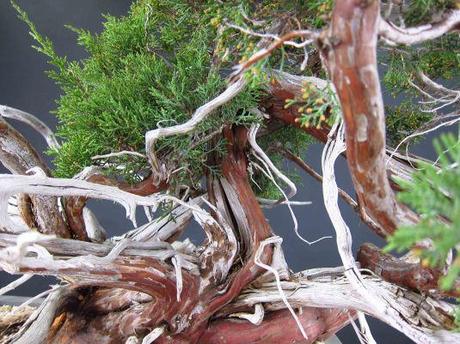
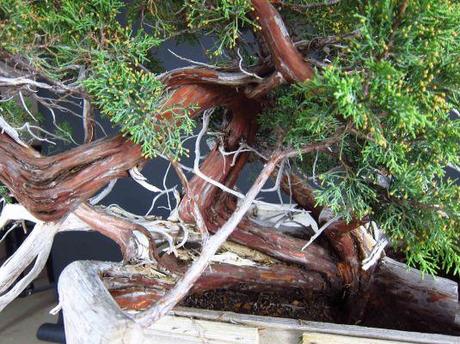
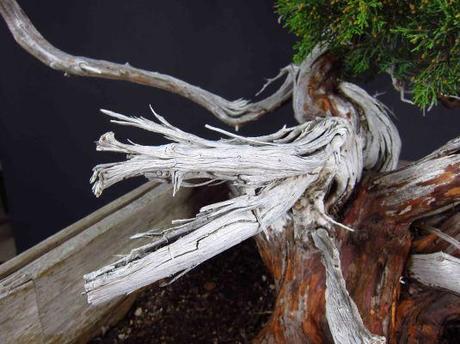
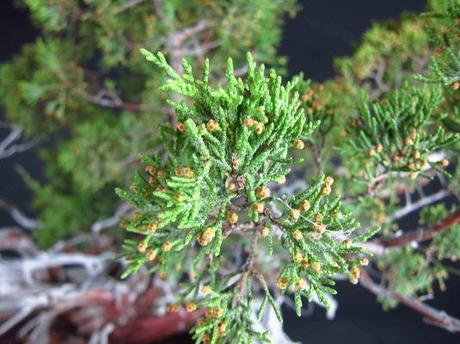
Tree Health and a New Home
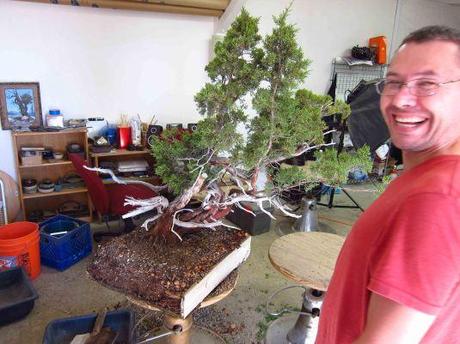
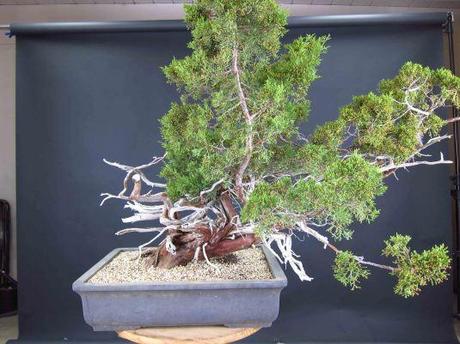

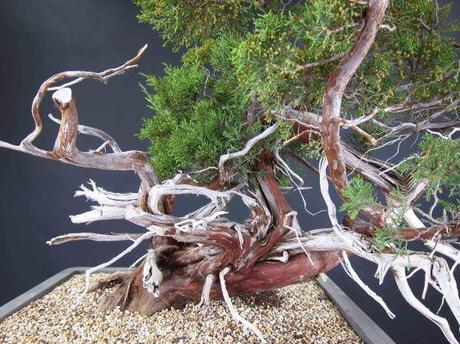
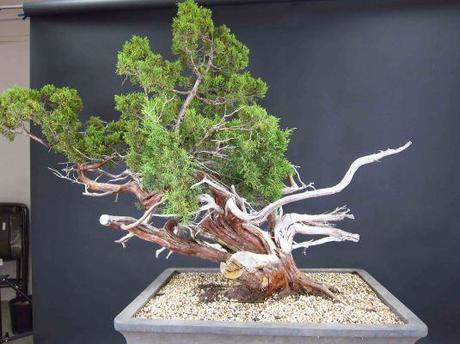
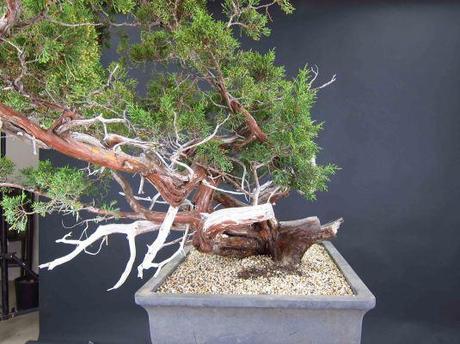
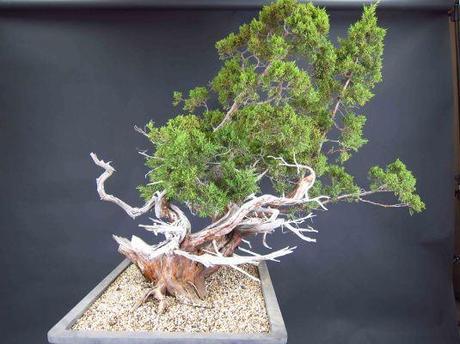
So what do you think? What do you suppose the tree will look like in the future? (Please share your comments below) There are lots of possibilities with this tree and ideas I have running in my head now may change in the future when I see it again. At the moment, all is up in the air but I am looking forward to figuring this one out. More on this tree at the end of 2013!
Thanks for reading.
P.S. If you are actively reading this blog, I would appreciate it if you subscribe to it (right column of the blog). This is one of the best ways for me to know how many people are reading. Thanks!
